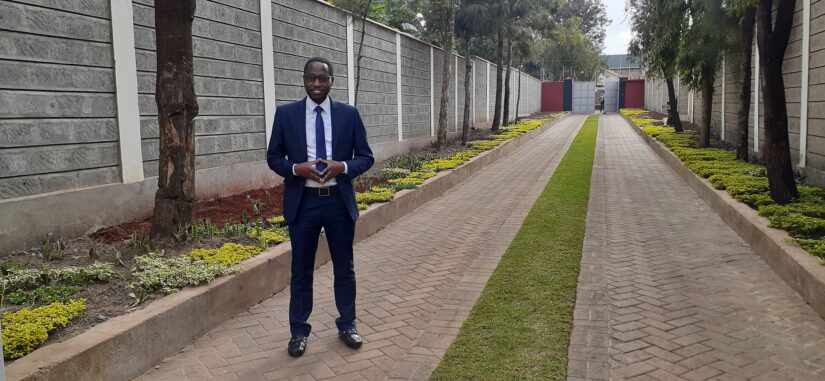
In this part of our series Co-benefits Stories, Evans Kibet discusses the advantages of solar and wind energy in Kenya’s energy mix. For this series, we have asked energy professionals that have participated in our trainings for their thoughts and experiences on co-benefits of renewable energy in their country.
“One challenge with Kenya’s current power system planning is that it does not directly link the energy supply generation to the co-benefits of renewables, such as reduction of emissions and increased energy security from geographical distribution of renewables. This issue is mainly attributed to the use of thermal energy plants to cover peak energy demands, and also the huge percentage of energy from the geothermal and hydro sectors in the country’s energy mix. Most of the country’s base energy comes from these two sources. Since the geothermal sources are geographically located in one central region, this poses a risk to stability in case of a blackout; whereas the hydro energy is affected by unpredictable seasonal and weather variations.
This problem can be tackled through advanced power system planning whereby multi-criteria analysis can be used to weigh the co-benefits of incorporating other renewables such as distributed generation through solar mini grids or wind power. These energy sources can be distributed across the country, thereby increasing energy security through using geographically diversified sources. Moreover, these renewable sources would have co-benefits such as job creation in the solar industry supply chain.”
Based on insights of the COBENEFITS research group, the Renewables Academy (RENAC) currently conducts trainings in Turkey, Kenya, South Africa and Mexico. Participants learn about co-benefits of renewable energy in climate change mitigation, tools to quantify and communicate social and economic opportunities and policies and instruments to mobilise them.